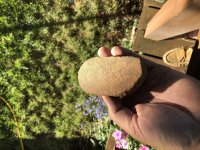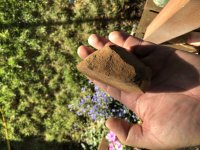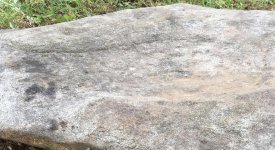DaveSmith
Full Member
Here is probably my best find in my opinion. Haven't shown it here and only a few people have seen it. I found it upside down in a creek that is like a small river that I have found 99 percent of my stuff in and around. Found it about 20 years ago. I have a dry picture of it and some with water standing in it. It will hold 16 ounces of water, I'm not saying they made it for that measured amount, just giving an idea of the depth of it. The side view is 3 inches thick and varies in thickness as it goes around. I wet the "front"? area of it to show the worked out area.
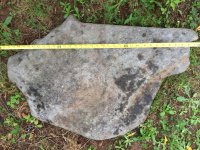
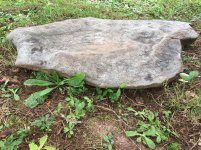
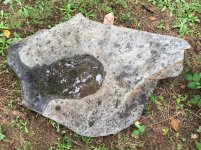
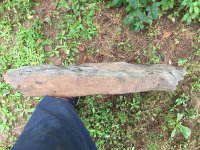




Upvote
2






